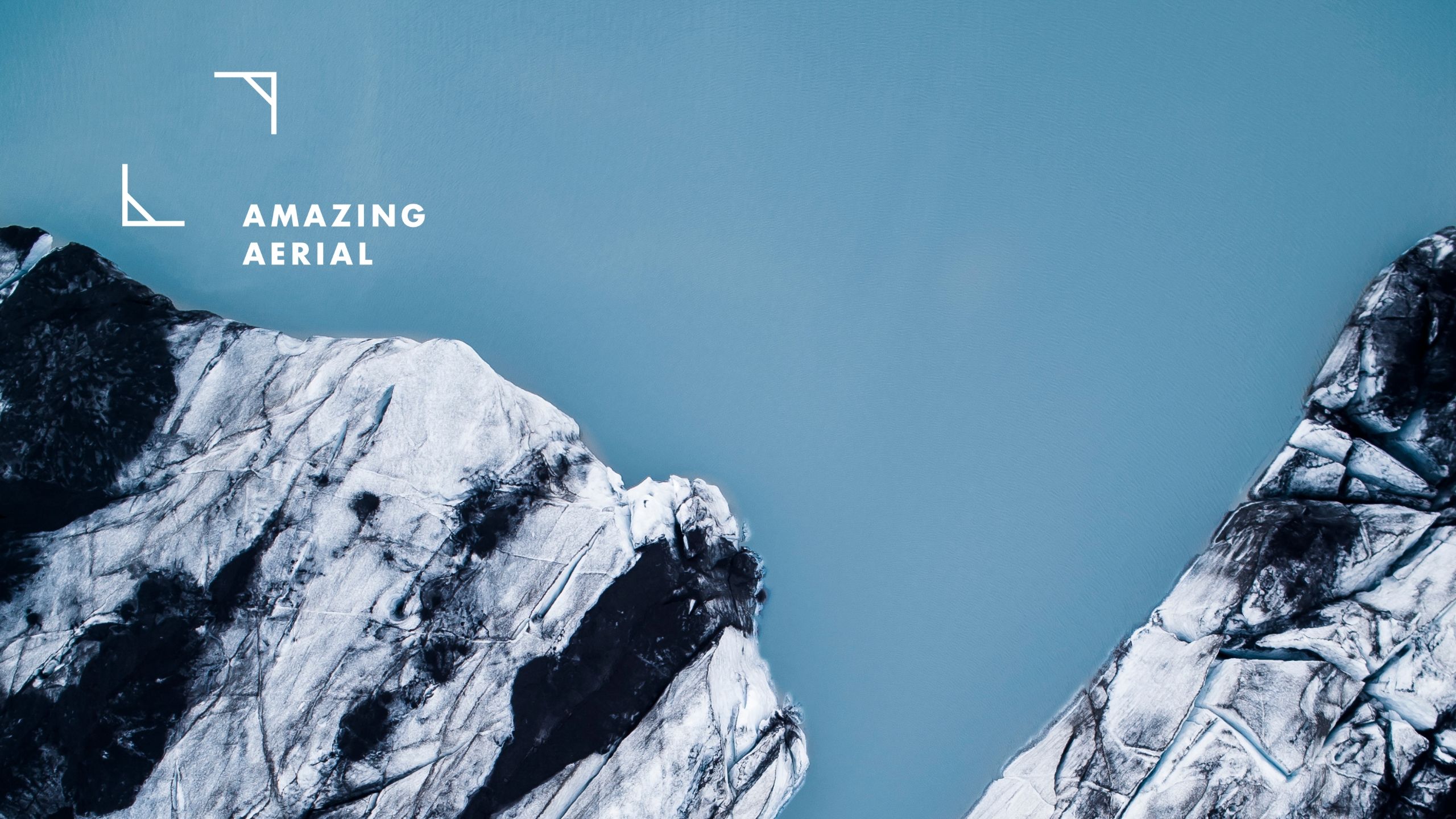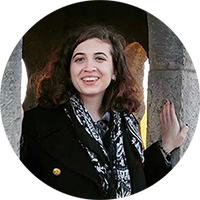Using Drone Photography to Capture Glaciers' Waning Majesty
Iceland-based photographer Julia Pertek is taking aerial photographs of the country’s glaciers before they disappear, preserving a unique record of the massive yet fragile ice formations.
Dec 21, 2022

An aerial view of Solheimajokull, a glacier on Iceland’s South Coast © Amazing Aerial Agency / Julia Pertek
 By Rebecca Duras
By Rebecca Duras
Solheimajokull glacier plunges into the turquoise water surrounding the icy mass. The silver ice is mottled with dark gray and black veins, remnants of volcanic ash embedding in the ice forming a black-and-white mottled pattern.
“I heard once that every glacier creates different patterns in ice, just like our fingerprints, and that sentence really struck me,” Amazing Aerial photographer Julia Pertek explains. “I realized that each glacier is very unique, just like us, and to see one glacier doesn’t equal seeing all of them.”
A Country Defined by Glaciers, Now Set to Lose Them

The Solheimajokull terminus, or the end of the glacier. Although it is stationary in the photo, a glacier’s terminus is constantly moving, making each visit to the landscape completely new. © Amazing Aerial Agency / Julia Pertek
Reykjavik-based photographer Julia Pertek set out on a project to document glaciers and the landscape features they create, such as glacial rivers, before they are all gone. Pertek chose to focus her project on glaciers because of their ephemeral nature, but also because of their importance for the country. Iceland’s glaciers are an integral part of the country’s natural, historical, and cultural identity, featuring in everything from tourism brochures to ancient epics. Many of the country’s defining landscape features were carved by glaciers. Plus, Iceland is one of the few places in the world where you can find coastal glaciers, not just alpine glaciers.
Glacial landscapes are crucial for Icelandic identity, but they are the part of Iceland’s landscape that is most at risk of disappearing due to climate change. Iceland lost 750 square kilometers of glaciers since 2000—a rate that is increasing as global air temperatures rise.
Iceland is not alone in facing the prospect of a world without glaciers. According to UNESCO, a third of the glaciers that make up World Heritage sites will be gone by 2050. When asked what she thinks about photographing something that probably will not exist in a few decades, Julia explains, “while nature itself is resilient, the beauty of specific things in nature such as glaciers is very fragile, and something the next generation after us will not be able to see.”
Glaciers, As You’ve Never Seen Them Before
With global warming set to change Iceland’s glaciers irreversibly, capturing their appearance becomes even more important not just for art, but as a way to preserve them for posterity. Through aerial photography, Pertek provides a perspective on glaciers that is hard to gather from Icelandic epics—and even regular photos. She places particular emphasis on the unique patterns formed by glacial ice and the landscape surrounding it. As in the photo above, glacial rivers create stunning patterns and colors as they tumble away from the ice, carving through Iceland’s other landscape features before finally spilling into the ocean. The result is an image that looks more like an abstract painting than a nature photograph.
Although the topic she is studying, the decline of glaciers, is fairly scientific, Pertek’s photos are very artistic. This is a deliberate choice. “I think it is definitely a different approach. The general audience is used to the topic of climate change, and I feel like the conventional ways to gain their attention fail. I try showing people how beautiful our nature is, in a less obvious way,” she explains.
Can Art Make People Pay Attention to Glaciers?

In the Thorsmork valley, a glacial river carves branching patterns in the snow. © Amazing Aerial Agency / Julia Pertek
It is not the first time people have turned to art to document and draw attention to the decline of glaciers. In 2019, Icelanders gathered for a somber ceremony to mark the death of the glacier Okjokull (glaciers die when they no longer have enough ice mass to move). The ceremony included a plaque written not by a scientist, but by author Andri Snaer Magnason, and was organized by two anthropologists. The funeral, which you could easily interpret as a type of performance art, shows that the response to glaciers melting cannot just be scientific but must be interdisciplinary.
Even Oddur Sigurdsson, one of Iceland’s leading glaciologists, emphasizes in his writing that glaciers are an important part of Iceland’s history and culture, not just its natural landscape, showing how humanities and science must work together. Sigurdsson was the person who declared Okjokull dead and he first discovered the glacier’s decline thanks to his hobby as a nature photographer.

An aerial view of the Solheimajokull glacier that shows the sheer size of the massive ice sheet. The image is one of Julia’s personal favorites. © Amazing Aerial Agency / Julia Pertek
Julia explains that quite a few Icelandic artists are using their platforms to raise awareness about the fragility of glaciers. She gives the example of KALEO, a popular local band that made a series of music videos highlighting Iceland’s unique yet fragile landscapes, including glacial lakes, lagoons, and ice caves. In a societal environment where people are either overwhelmed by statistics about climate change or even indifferent to the natural wonders in their own backyard, art can help bridge the gap between science and the public.
When looking at the several tons of ice carving through the Icelandic landscape, forming new rivers, lakes, and landforms, it’s hard to imagine that glaciers are fragile entities. But the reality is that glaciers, which have defined Iceland for millennia, will disappear if the world doesn’t act soon. We will have the work of Julia and other tireless photographers that set out to document these features, but they are no match for the real thing.
Stay updated when we post new articles.
We hate SPAM. We will never sell your information, for any reason.








